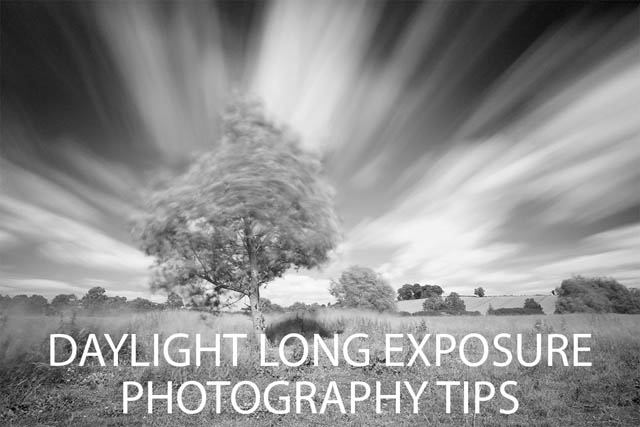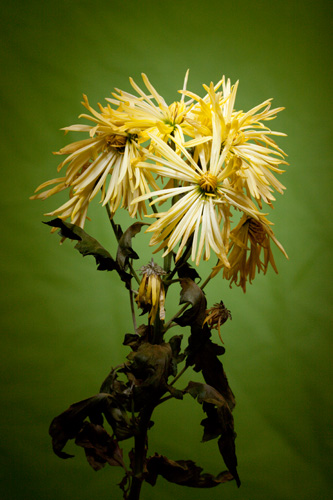Daylight Long Exposure Photography Tips
Long exposure photography allows you to capture movement in a still photo, rather than just freezing a moment in time. You can capture silky smooth moving water, or clouds blurring as they move across the sky. Even blurred trails left by people as they move about.
In low light conditions, long exposure photography is quite easy. There's not much light, so exposure times will necessarily be long. But in daytime there is lots of light, and getting a shutter speed slow enough to blur anything but very fast movement can be almost impossible.
Read the rest of this entry »





